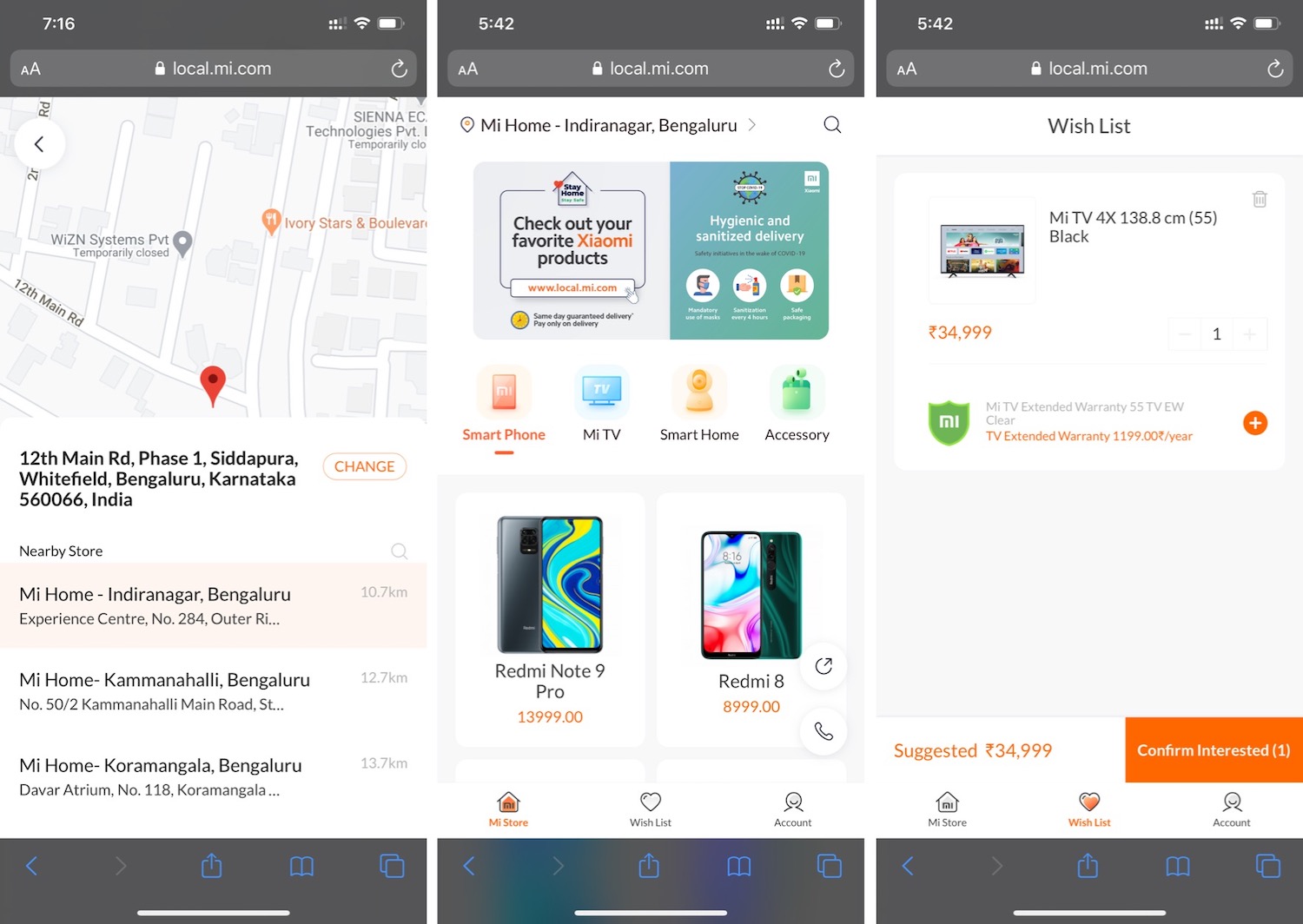Directly, a startup whose mission is to help build better customer service chatbots by using experts in specific areas to train them, has raised more funding as it opens up a new front to grow its business: APIs and a partner ecosystem that can now also tap into its expert network. Today Directly is announcing that it has added $11 million to close out its Series B at $51 million (it raised $20 million back in January of this year, and another $20 million as part of the Series B back in 2018).
The funding is coming from Triangle Peak Partners and Toba Capital, while its previous investors in the round included strategic backers Samsung NEXT and Microsoft’s M12 Ventures (who are both customers, alongside companies like Airbnb), as well as Industry Ventures, True Ventures, Costanoa Ventures and Northgate. (As we reported when covering the initial close, Directly’s valuation at that time was at $110 million post-money, and so this would likely put it at $120 million or higher, given how the business has expanded.)
While chatbots have now been around for years, a key focus in the tech world has been how to help them work better, after initial efforts saw so many disappointing results that it was fair to ask whether they were even worth the trouble.
Directly’s premise is that the most important part of getting a chatbot to work well is to make sure that it’s trained correctly, and its approach to that is very practical: find experts both to troubleshoot questions and provide answers.
As we’ve described before, its platform helps businesses identify and reach out to “experts” in the business or product in question, collect knowledge from them, and then fold that into a company’s AI to help train it and answer questions more accurately. It also looks at data input and output into those AI systems to figure out what is working, and what is not, and how to fix that, too.
The information is typically collected by way of question-and-answer sessions. Directly compensates experts both for submitting information as well as to pay out royalties when their knowledge has been put to use, “just as you would in traditional copyright licensing in music,” its co-founder Antony Brydon explained to me earlier this year.
It can take as little as 100 experts, but potentially many more, to train a system, depending on how much the information needs to be updated over time. (Directly’s work for Xbox, for example, used 1,000 experts but has to date answered millions of questions.)
Directly’s pitch to customers is that building a better chatbot can help deflect more questions from actual live agents (and subsequently cut operational costs for a business). It claims that customer contacts can be reduced by up to 80%, with customer satisfaction by up to 20%, as a result.
What’s interesting is that now Directly sees an opportunity in expanding that expert ecosystem to a wider group of partners, some of which might have previously been seen as competitors. (Not unlike Amazon’s AI powering a multitude of other businesses, some of which might also be in the market of selling the same services that Amazon does).
The partner ecosystem, as Directly calls it, use APIs to link into Directly’s platform. Meya, Percept.ai, and SmartAction — which themselves provide a range of customer service automation tools — are three of the first users.
“The team at Directly have quickly proven to be trusted and invaluable partners,” said Erik Kalviainen, CEO at Meya, in a statement. “As a result of our collaboration, Meya is now able to take advantage of a whole new set of capabilities that will enable us to deliver automated solutions both faster and with higher resolution rates, without customers needing to deploy significant internal resources. That’s a powerful advantage at a time when scale and efficiency are key to any successful customer support operation.”
The prospect of a bigger business funnel beyond even what Directly was pulling in itself is likely what attracted the most recent investment.
“Directly has established itself as a true leader in helping customers thrive during these turbulent economic times,” said Tyler Peterson, Partner at Triangle Peak Partners, in a statement. “There is little doubt that automation will play a tremendous role in the future of customer support, but Directly is realizing that potential today. Their platform enables businesses to strike just the right balance between automation and human support, helping them adopt AI-powered solutions in a way that is practical, accessible, and demonstrably effective.”
In January, Mike de la Cruz, who took over as CEO at the time of the funding announcement, said the company was gearing up for a larger Series C in 2021. It’s not clear how and if that will be impacted by the current state of the world. But in the meantime, as more organizations are looking for ways to connect with customers outside of channels that might require people to physically visit stores, or for employees to sit in call centres, it presents a huge opportunity for companies like this one.
“At its core, our business is about helping customer support leaders resolve customer issues with the right mix of automation and human support,” said de la Cruz in a statement. “It’s one thing to deliver a great product today, but we’re committed to ensuring that our customers have the solutions they need over the long term. That means constantly investing in our platform and expanding our capabilities, so that we can keep up with the rapid pace of technological change and an unpredictable economic landscape. These new partnerships and this latest expansion of our recent funding round have positioned us to do just that. We’re excited to be collaborating with our new partners, and very thankful to all of our investors for their support.”
from blogger-2 https://ift.tt/3gh4ejg
via
IFTTT

